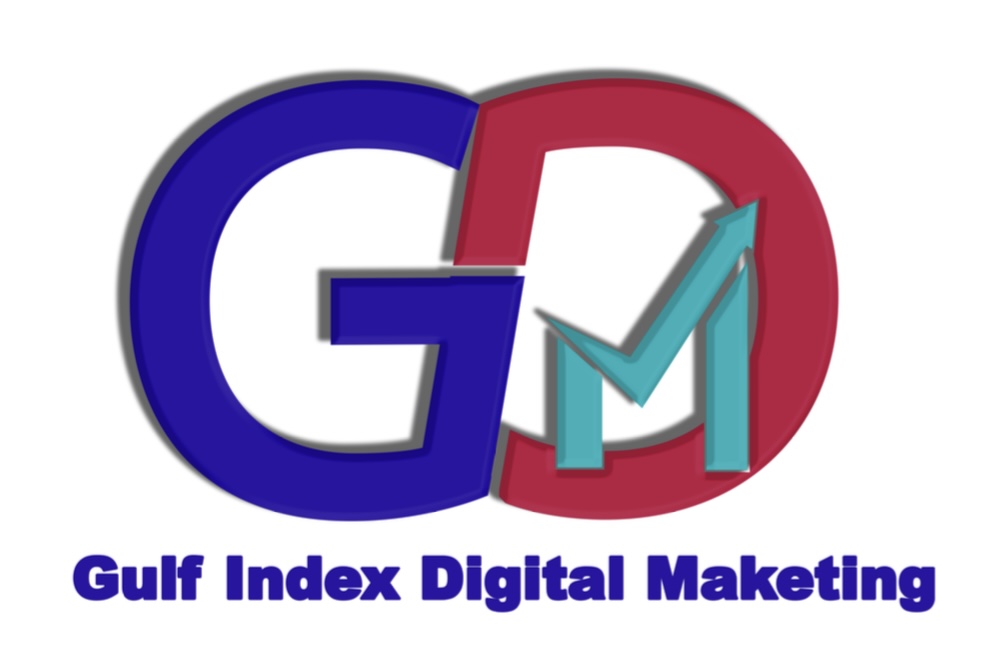Comparison of Social Media Platforms in Digital Marketing
Introduction
In the digital age, social media has emerged as a cornerstone of digital marketing strategies. Businesses leverage various social media platforms to engage with their audiences, promote their products, and build brand loyalty. However, each platform offers unique features, user demographics, and engagement styles, making it essential for marketers to understand how to effectively utilize them. This article provides a comprehensive comparison of major social media platforms in the context of digital marketing.
Overview of Major Social Media Platforms
1. Facebook
Demographics
- User Base: Over 2.8 billion monthly active users.
- Age Group: Predominantly 25-34 years, but widely used across all age groups.
Key Features
- Ad Formats: Includes image ads, video ads, carousel ads, and stories.
- Targeting Options: Advanced targeting based on demographics, interests, behaviors, and location.
- Engagement Tools: Pages, groups, events, and live videos.
Marketing Benefits
- Wide Reach: Ideal for brands looking to increase their visibility.
- Community Building: Facilitates engagement through groups and events.
- Data Analytics: Robust analytics for tracking performance.
2. Instagram
Demographics
- User Base: Over 1 billion monthly active users.
- Age Group: Primarily 18-34 years, with a strong appeal to younger audiences.
Key Features
- Visual Content: Focuses on images and videos, making it a visually-driven platform.
- Shopping Features: Instagram Shopping allows brands to tag products in posts.
- Stories and Reels: Temporary content that encourages real-time engagement.
Marketing Benefits
- High Engagement Rates: Visual content tends to receive higher engagement.
- Influencer Marketing: A popular platform for influencer collaborations.
- Brand Aesthetics: Strong emphasis on brand storytelling through visuals.
3. Twitter
Demographics
- User Base: Approximately 450 million monthly active users.
- Age Group: Predominantly 18-29 years.
Key Features
- Character Limit: Tweets are limited to 280 characters, promoting concise communication.
- Trends and Hashtags: Real-time discussions and trending topics.
- Moments: Curated stories showcasing tweets on specific topics.
Marketing Benefits
- Real-Time Engagement: Ideal for timely updates and customer interactions.
- Customer Service: Many brands use Twitter for support and feedback.
- Viral Potential: Tweets can quickly gain traction through retweets and hashtags.
4. LinkedIn
Demographics
- User Base: Over 900 million members.
- Age Group: Primarily 25-54 years, with a focus on professionals.
Key Features
- Professional Networking: Designed for business connections and career development.
- Content Sharing: Articles, posts, and updates focused on industry insights.
- Recruitment Tools: Job postings and professional profiles.
Marketing Benefits
- B2B Marketing: Ideal for targeting professionals and businesses.
- Thought Leadership: Opportunities to establish authority through content.
- Networking Opportunities: Connect with industry leaders and potential clients.
5. TikTok
Demographics
- User Base: Over 1 billion monthly active users.
- Age Group: Primarily Gen Z (16-24 years).
Key Features
- Short-Form Video Content: Focus on 15-60 second videos.
- Creative Tools: Extensive editing features, filters, and effects.
- Viral Trends: Challenges and trends that encourage user participation.
Marketing Benefits
- High Engagement: Short, entertaining videos can lead to high engagement rates.
- Authentic Content: Users favor genuine and relatable content.
- Viral Marketing Potential: Opportunities for brands to participate in trends.
6. Pinterest
Demographics
- User Base: Over 450 million monthly active users.
- Age Group: Predominantly female (around 60%), with strong representation from ages 25-54.
Key Features
- Visual Discovery: Users create boards to share and save ideas.
- Rich Pins: Enhanced pins that provide additional information.
- Shopping Features: Integration with e-commerce for product discovery.
Marketing Benefits
- Longer Content Lifespan: Pins can continue to drive traffic over time.
- Inspiration and Planning: Users often use Pinterest for ideas related to projects, events, and purchases.
- Targeted Advertising: Promoted pins can be targeted based on interests and demographics.
Comparison of Social Media Platforms in Digital Marketing
1. Audience Engagement
- High Engagement: Instagram and TikTok typically yield higher engagement rates due to their visual nature and real-time interaction features.
- Informational Engagement: LinkedIn is more focused on professional engagement, making it ideal for B2B marketing.
- Real-Time Conversations: Twitter excels in real-time engagement, allowing brands to respond quickly to trends and customer inquiries.
2. Content Type
- Visual Content: Instagram and Pinterest thrive on high-quality images and videos.
- Short-Form Content: TikTok focuses on short, entertaining videos that can go viral.
- Text-Based Content: Twitter’s character limit encourages concise, impactful messaging.
3. Advertising Options
- Advanced Targeting: Facebook offers extensive targeting options for precise audience reach.
- Shopping Features: Instagram and Pinterest provide seamless shopping experiences directly within the platform.
- Professional Advertising: LinkedIn offers specialized advertising tools for targeting professionals and businesses.
4. Cost-Effectiveness
- Organic Reach: Platforms like TikTok and Instagram can provide significant organic reach if content resonates with users.
- Ad Costs: Facebook and Instagram may have higher ad costs compared to Twitter and Pinterest, depending on the target audience and competition.
5. Analytics and Insights
- Robust Analytics: Facebook and LinkedIn provide comprehensive analytics tools to track performance.
- Basic Insights: Platforms like TikTok and Twitter offer basic insights, with newer features being added to enhance analytics capabilities.
Conclusion
Each social media platform offers unique advantages and challenges for digital marketing. The choice of platform should align with a brand’s target audience, marketing goals, and content strategy. By understanding the strengths and weaknesses of each platform, businesses can create effective digital marketing strategies that leverage social media to engage their audiences, drive traffic, and ultimately increase conversions. As digital marketing continues to evolve, staying informed about trends and changes across these platforms will be essential for success.
